
A really common misconception, especially among small businesses, is thinking that social media is about sales. People will tell me that one person will tell two people will tell two people, and so on. In their minds, they’re already millionaires–without any “real work.”
Use social media to increase awareness of your brand, connect with people, and for engagement. That’s it. Of course, social media can lead to sales, but chances are it will be an indirect route. You can build trust, and let people know what you’re up to, but trying to sell on social media isn’t usually the aim.
Increase brand awareness
It’s perfectly fine to tell people about your brand. This might include posts about what’s happening behind the scenes, or even what’s on sale, but not direct selling. When is it a good time to increase brand awareness? Some of my clients have started before they even have a product or service to sell. So I’d say the earlier the better. Here’s a post about being on social media for small businesses that you might like. (Hint: you can appear like a bigger business if your social media is good.) If you’re doing a good job, people might even know you from your social media, and have a good impression of your business!
Who does a good job with brand awareness? One excellent account is Wendy’s. And why is their account so terrific? Because they have a personality! Check out this fun tweet from Wendy’s, below. So much personality! And because of their fun, casual style, they get plenty of engagement. So don’t be afraid to show some personality.
Wendy’s breakfast 2 for $4? Oh Yeah! Get 2 sammies just 4 buckaroonies ya lil rascals.
— Wendy’s (@Wendys) July 6, 2021
Connect with people
People will be interested in your brand and what you offer, but it’s important to show an interest in them first. The best way to share others’ posts is if you think your ideal clients will also be interested in what you share on social media. So for example, say you’re posting for a zoo. Sharing information about animals, how to care for pets at home, what not to do with exotic animals, etc., would all be good things to share. Maybe even share posts from zoos in other parts of the country or world. But sharing about a local auto parts store is probably not going to interest your audience.
Engage through active listening
Listen to what your customers have to say. Sometimes there will be a perfect way to sell through your social media *if* you hear of someone needing exactly what you have to offer. A good example of this is plumbing. You may hear someone say they have a leak or broken pipe. If you’re local and can help, then why not offer? But that scenario is rare, to be honest. I really do believe engagement is the gold standard of social media, by the way. I even wrote a book about engagement!
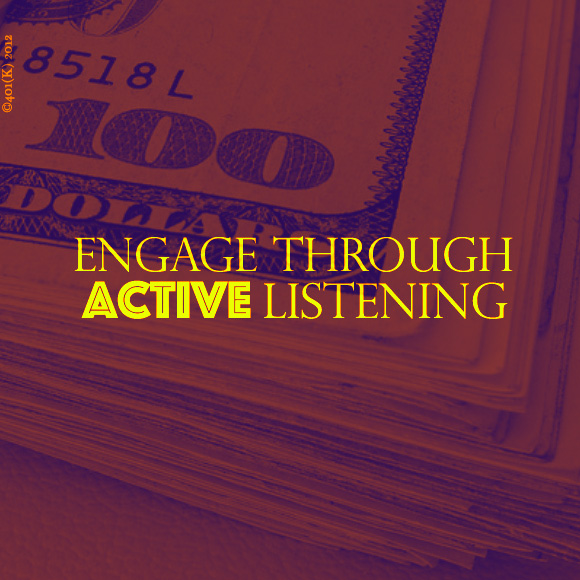

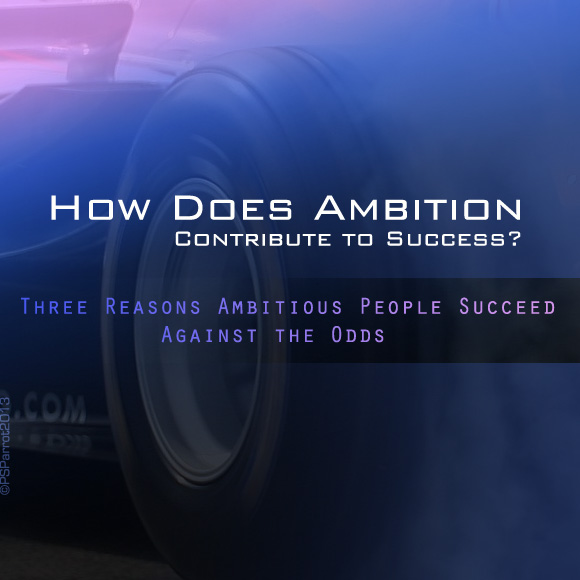
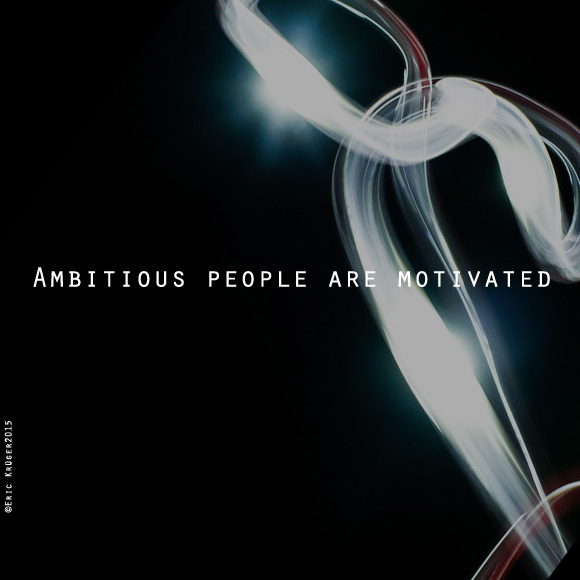


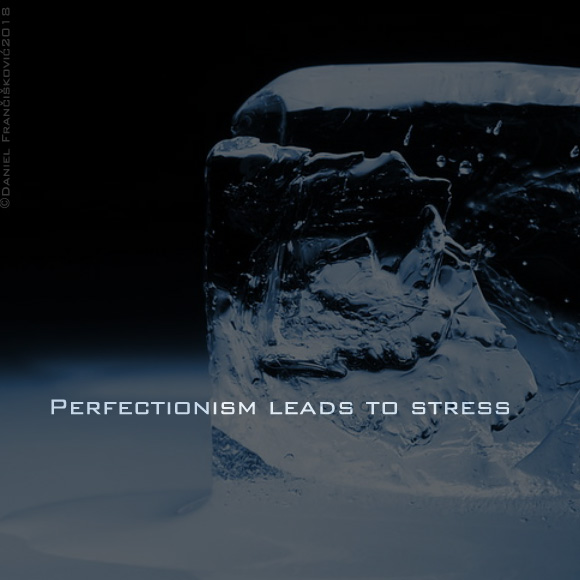

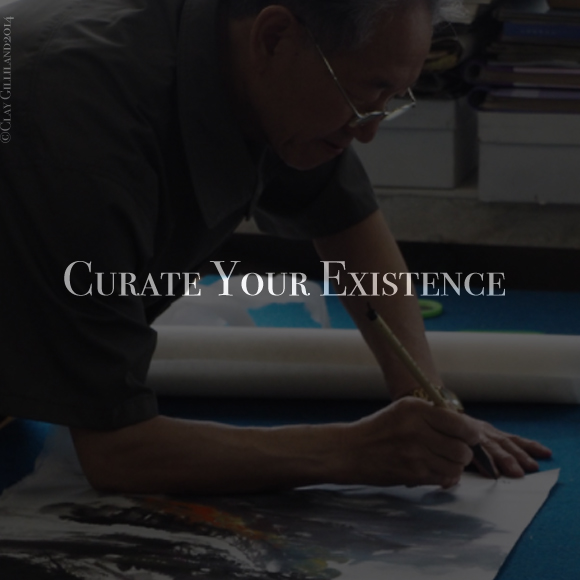


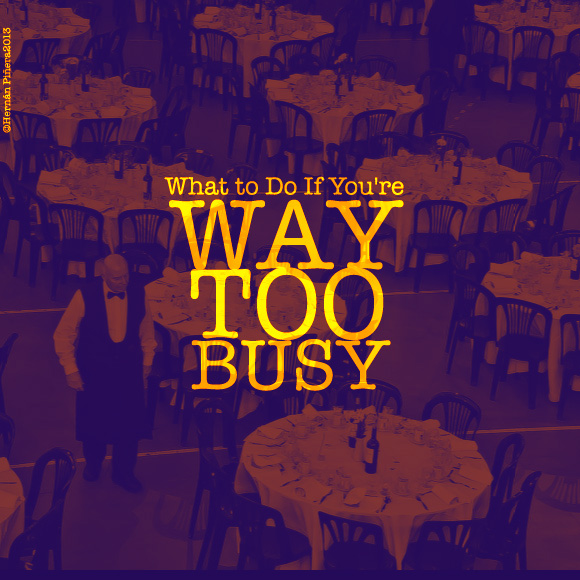
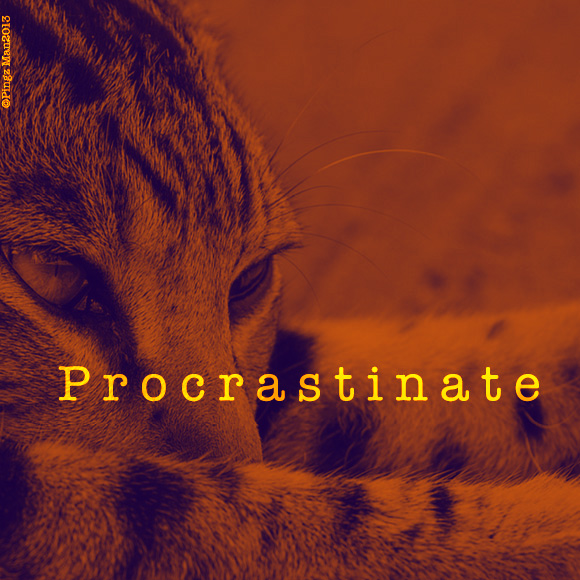
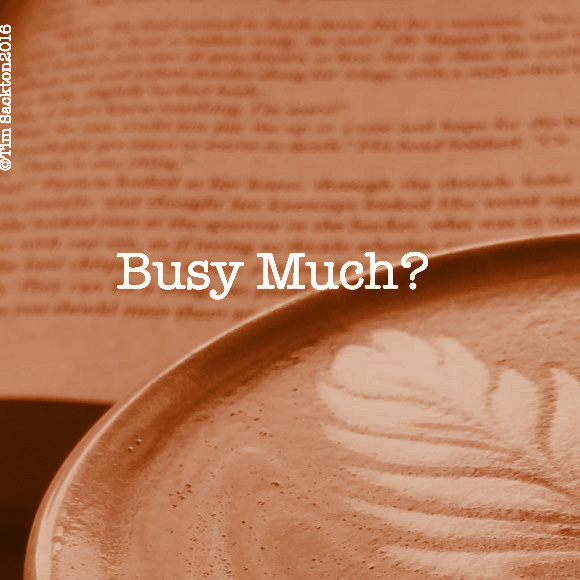
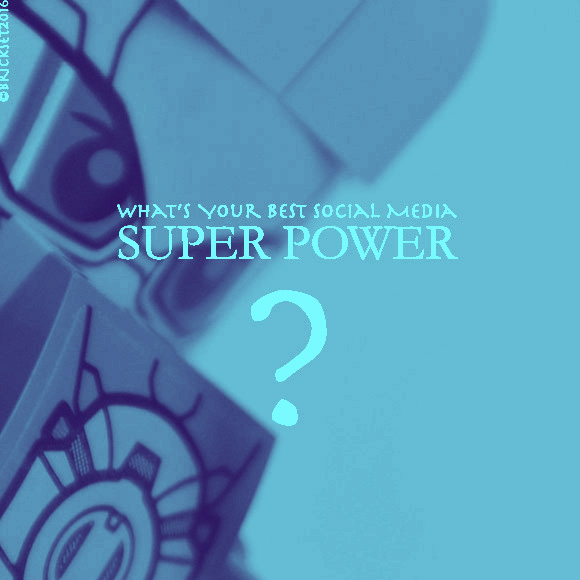
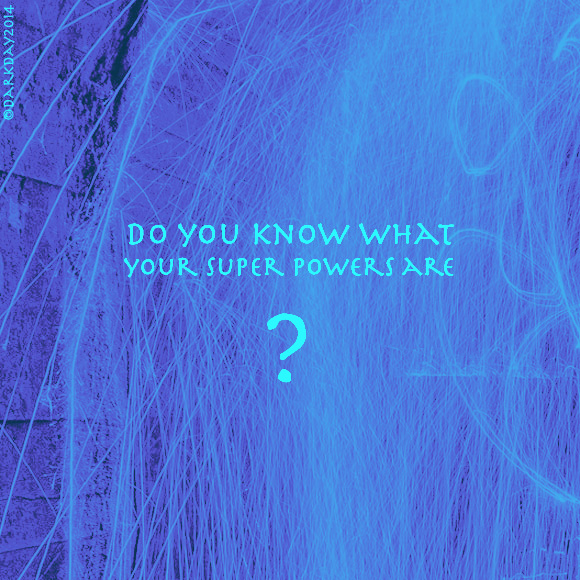
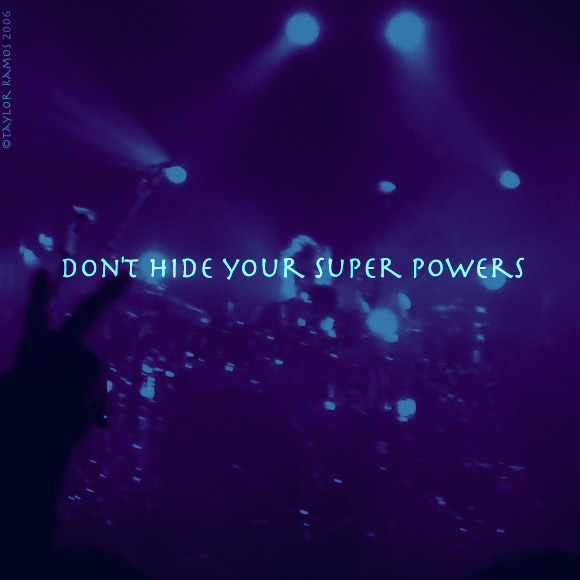

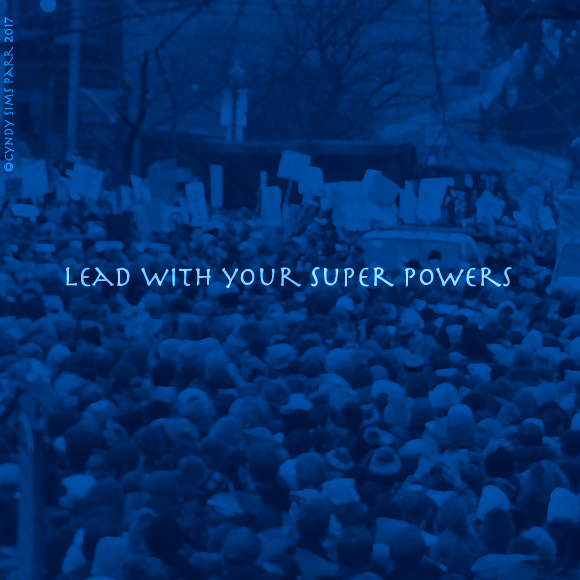

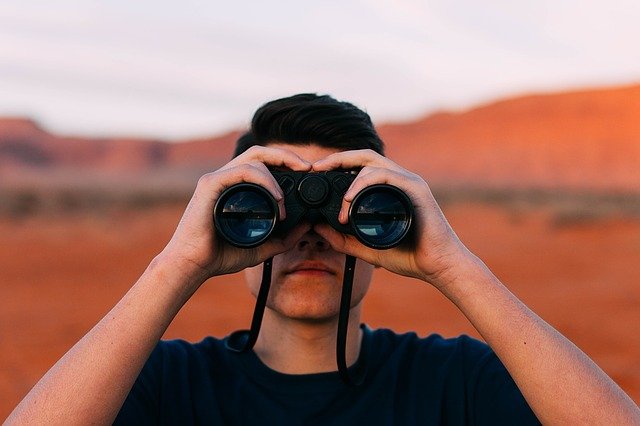
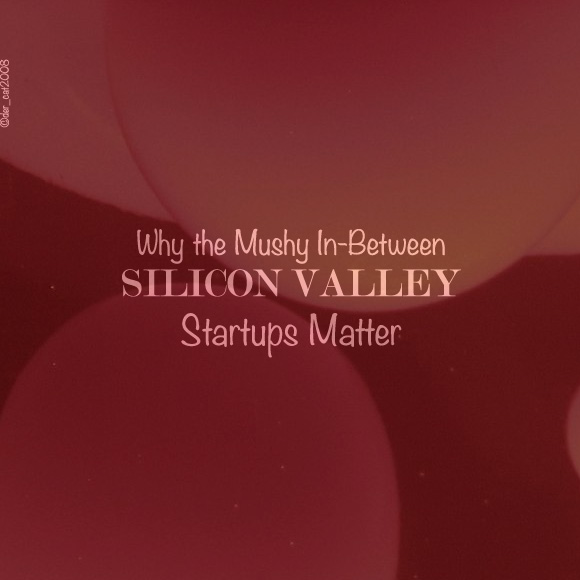
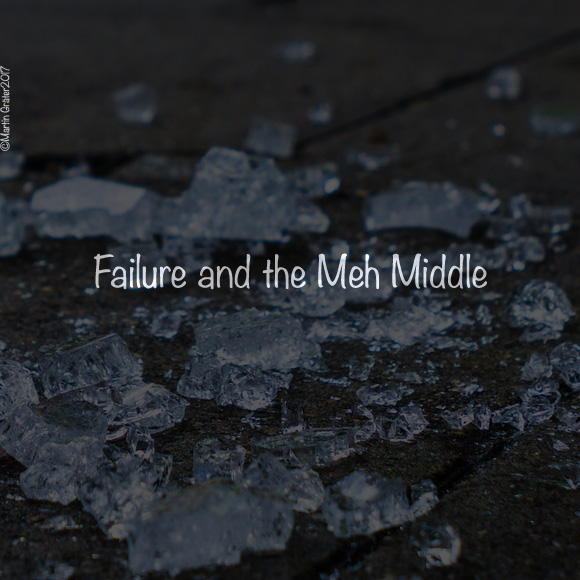

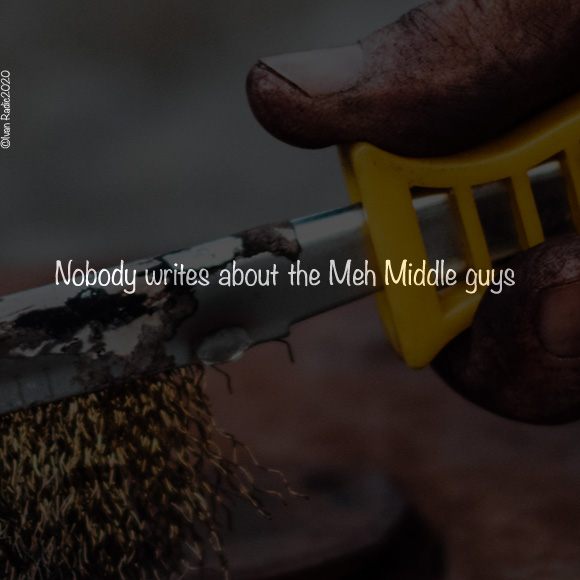
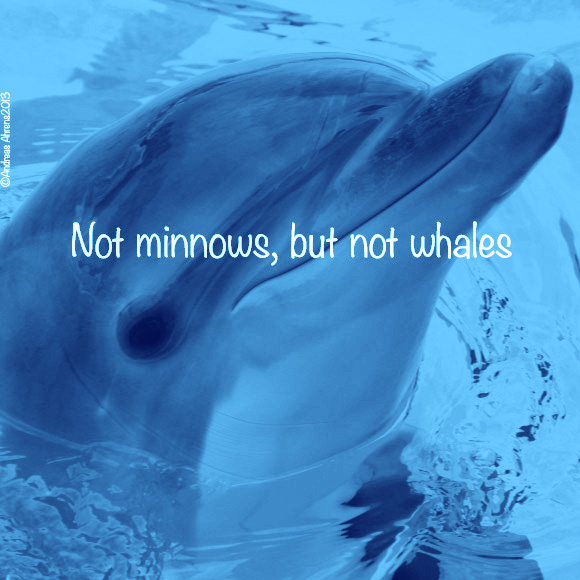

Follow Carol!